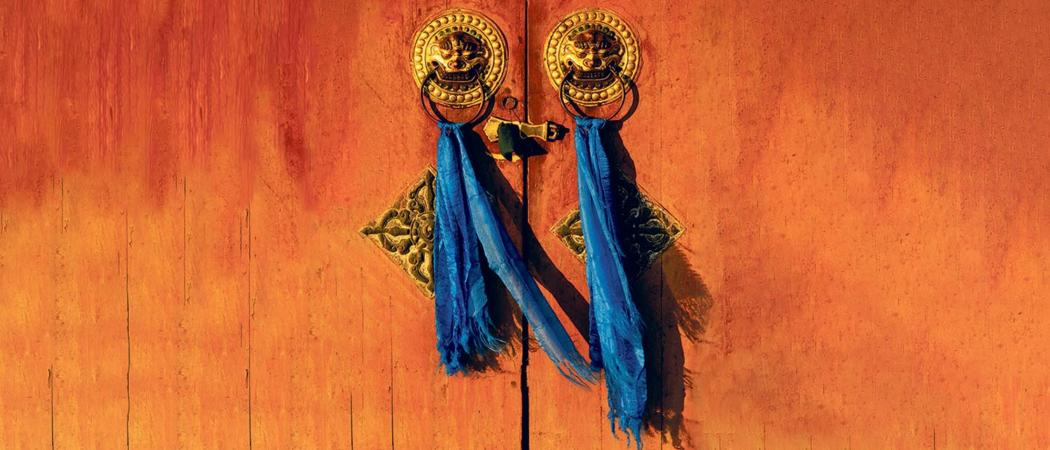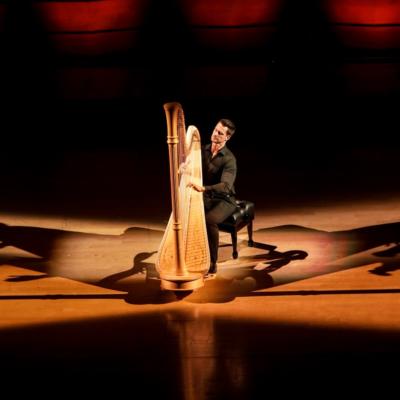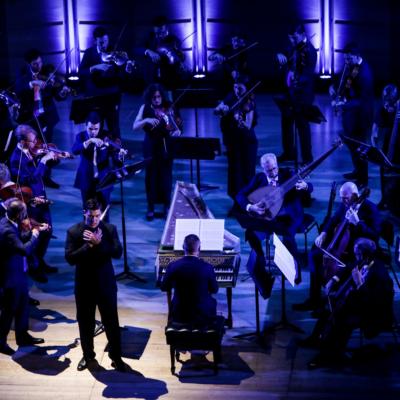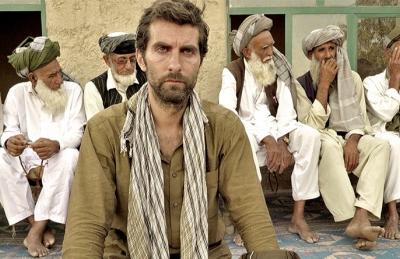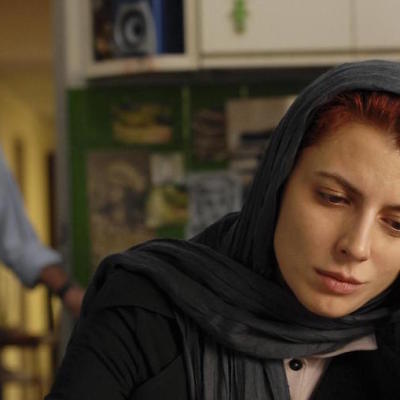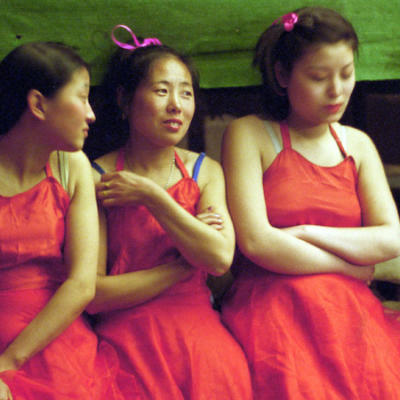“Karakorum is absolutely ancient yet altogether new,” says Artistic Director Paul Dyer about the upcoming tour with France’s La Camera delle Lacrime and Australian actor David Wenham as narrator.
“I saw Karakorum performed by La Camera delle Lacrime at a stunning monastery in France’s Auvergne region and was totally blown away by the experience. I was so excited and inspired that I ran backstage after and asked Bruno and Khaï-dong, the artistic directors, if they would travel to Australia to perform it with the Brandenburg,” says Paul.
"Karakorum had me hooked from the first notes, both musically and spiritually. It has a powerful mix of Western renaissance music, Christian psalms, Mongolian melodies, Buddhist hymns and Sufi chants. It absolutely took my breath away.”
Karakorum reimagines the music encountered by 13th-century Flemish monk William of Rubruck on his epic Silk Road journey from Constantinople to Karakorum (the ancient capital of the Mongol empire) just 20 years earlier than the journey of Marco Polo.
When Karakorum is restaged in Sydney, Melbourne and Brisbane from July 25, Australian audiences will experience something very different to what has been seen by European audiences.
“I wanted to introduce an English narration to guide us through Rubruck’s great journey, and I imagined the voice of David Wenham,” says Paul. “I’m happy to announce that David Wenham has come on board for this project, which is a dream come true. I’m excited about the chance to collaborate with one of Australia’s great acting talents on such a unique and theatrical project.”
This new production of Karakorum La Camera delle Lacrime and Paul Dyer will include five musicians and five singers from the Australian Brandenburg Orchestra and Choir.
Sydney theatre and opera director Constantine Costi (known to Brandenburg audiences through his work on Handel's Messiah and Bittersweet Obsessions) will direct and his brother Michael Costi, a recent playwriting graduate of NIDA, has written the new English narration.
For this musical journey from west to east, La Camera delle Lacrime will perform on an array of rare and ancient instruments, including the erhu (a Chinese two stringed fiddle), kamanche (an Iranian bowed string instrument), cornamuse (a double reed instrument dating from the Renaissance period) and a vielle à roue (a French hurdy gurdy).
PROGRAM
Ay! Deus | Austorg d’Aurillac (1225-1291) - Troubadour Song
La mer de Pont (The Black Sea) – Melody from the Caucasus
Sri Devi Ashtottara Shata Namavalih – Buddhist hymn
Loving the beauty of Layla - Sufi Chant
Pos ancno-us ualc amors | Bertran de Lamanon (1210-1270) - Troubadour Song in Occitan
Ural - melody of the sacred mountain
Miserere mei Deus – Psalm, Gregorian chant
Vexilla Rigis – Gregorian Chant and Muslim call to prayer
Salve Regina – Marian antiphon, Gregorian Chant
Credo in unum Deum - Gregorian Chant
Heart beating in the steppes - Mongolian Chant
Ave Regina Coelorum - Marian antiphon - Gregorian Chant
A solis ortus cardine | Sedulius (c 430) - Gregorian Chant
Tang Tang – Mongolian melody
Chanson à boire (Drinking song) – Mongolian Melody
Veni Sancte Spiritus - Sequence for Pentecost, Gregorian chant
Vision of the Beloved – Sufi chant
The debate at Karakorum | Bruno Bonhoure and Khaï-dong Luong
Veni Veni Emmanuel - Gregorian Chant
With hearts high - Melody from Kyrgyzstan
